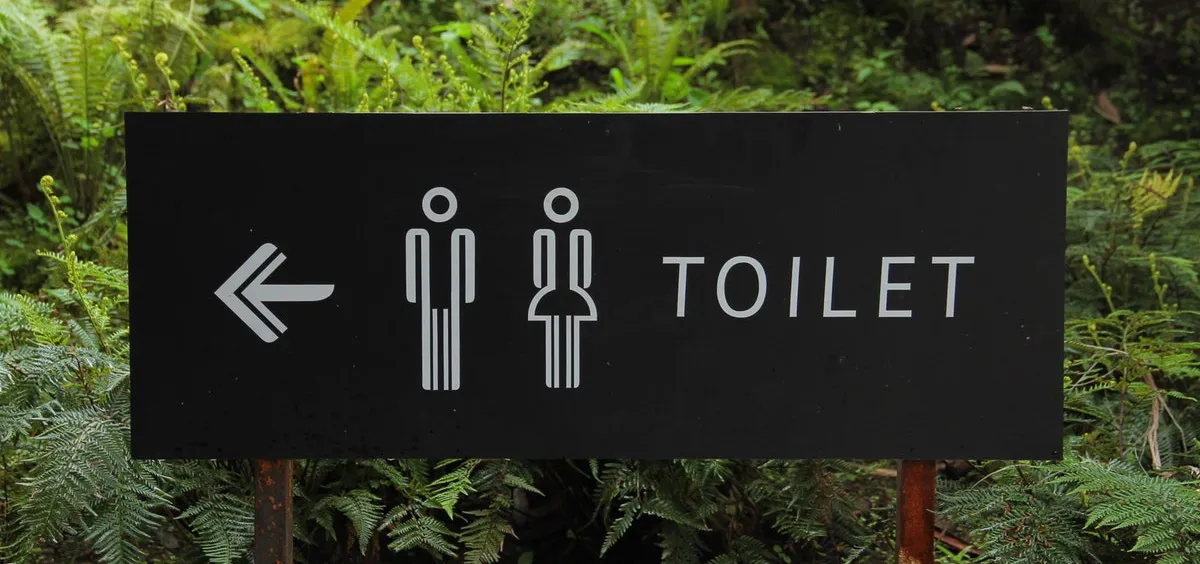From wifi to water fountains, China’s “toilet revolution” will be televisual, as cities compete to apply the latest technology in public restrooms
If you’ve visited a public bathroom in China lately and found it a less-harrowing experience than usual, feel free to give it a thumbs-up—via mobile app.
China’s “Toilet Revolution” is expected to cost the country over 200 billion RMB over the next three years. Cities and tourist sites around China, though, have seized President Xi Jinping’s initiative not only to make improvements to their public restroom infrastructure and hygiene, but show off their architectural and technological resources.
Since 2016, Beijing has installed five “luxury toilets” around the city, where stalls are equipped with television showing the news of the day. Under the China National Tourist Administration, the revolution has been contracted to private enterprises, who are responsible for providing more effective and efficient management of existing toilets and building thousands of new ones around China,
Some seem to compete for the most advanced interpretation of China’s flushing future: From Changchun to Changsha, cities have proposed toilets equipped with WIFI, vending machine, and water fountains. In Chongqing, users can obtain 80 centimeters of toilet paper by scanning a QR code with their phone, a likely solution to China’s rampant tissue-paper theft. In Guangzhou, users can check for the nearest public convenience with the shortest queuing-time with an app, and once there, enjoy USB charging ports, soothing music, and options to adjust the lighting level in a cubicle that’s cleaned by remote control. And if they find all these experiences enjoyable (or not up-to-expectation), there’s the option to rate the restroom for others to see.
So far, China’s Toilet Revolution has followed the general trend of the country’s Internet Plus and “New Retail” initiatives—adding mobile technology and data to everything. The initiative is expected to make smelly, door-less squatters a thing of the past for more than 4 billion domestic and international tourists, while improving China’s international image, and boosting revenue at rural tourist sites.
This was a serious business even in ancient times: In 581 BCE, Lord Jing of the Jin state (晋景公) became the first ancient king found dead on a toilet. In those times, bathrooms simply consisted of a hole dug in the ground; when it was full, the pit would be covered, and another dug elsewhere. One night, Lord Jing felt sick after dinner, went to the toilet, and never returned. His bodyguards later found him drowned in the hole. His epitaph read: “He ate, felt sick, went to the toilet, and drowned.” China has a rather tortuous bathroom history, and the tradition of death by toilet has continued to this day: Two people were overcome by fumes and died trying to retrieve a phone in June, and such demises are practically an annual event.
Shameful, right? So reward your sparkling new local bathroom five stars for a job well done.












